VERY RARE! Tết Offensive Battle of Huế 1st Cavalry Division (Airmobile) U.S. Soldier Vietnam War Theater Made Flag 1968
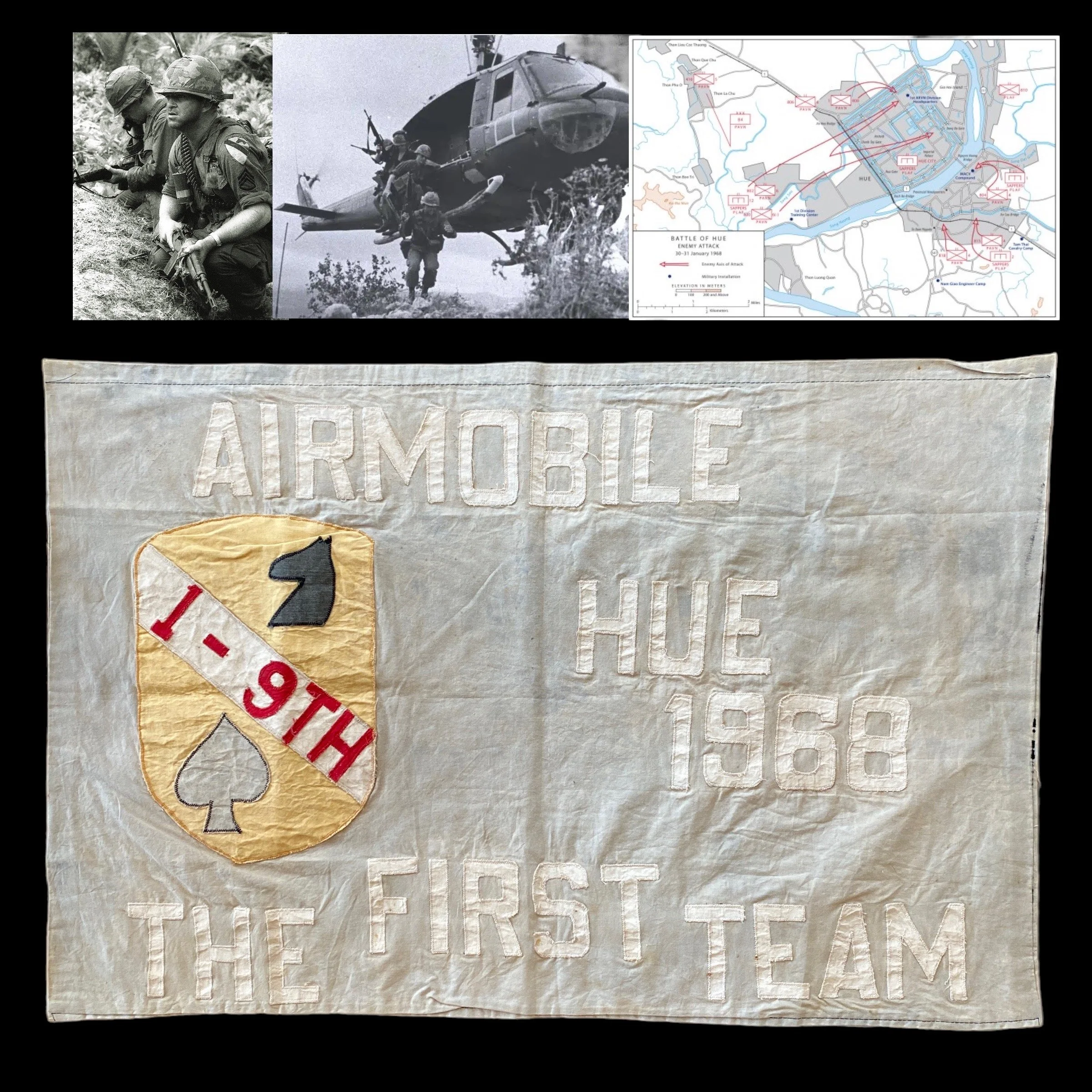
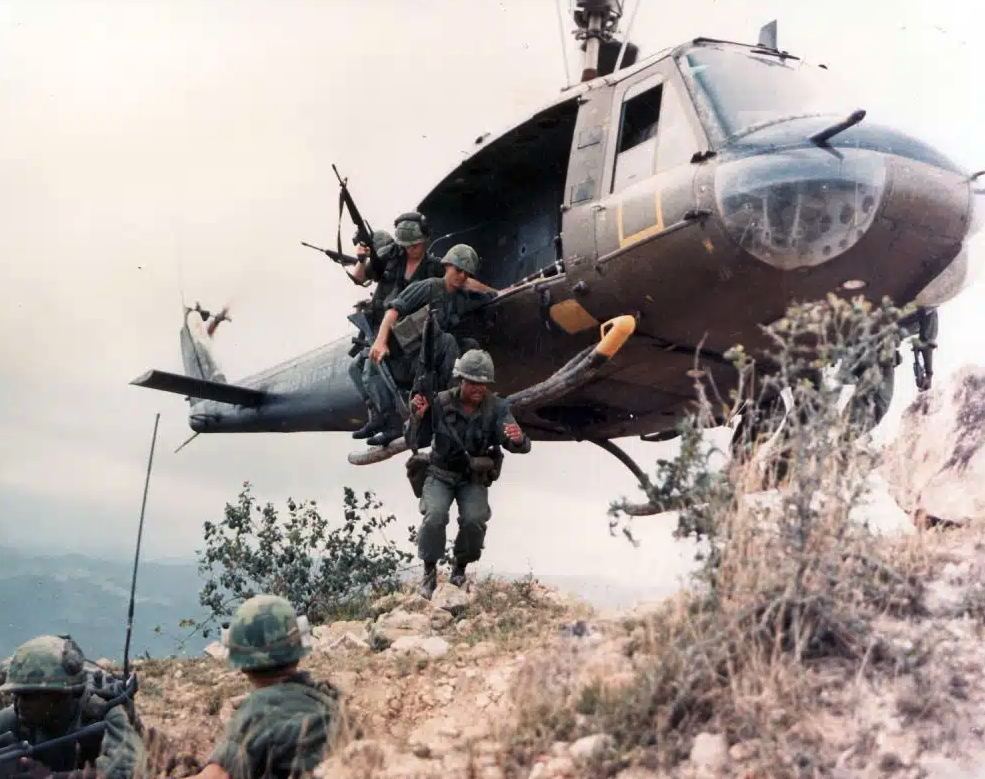














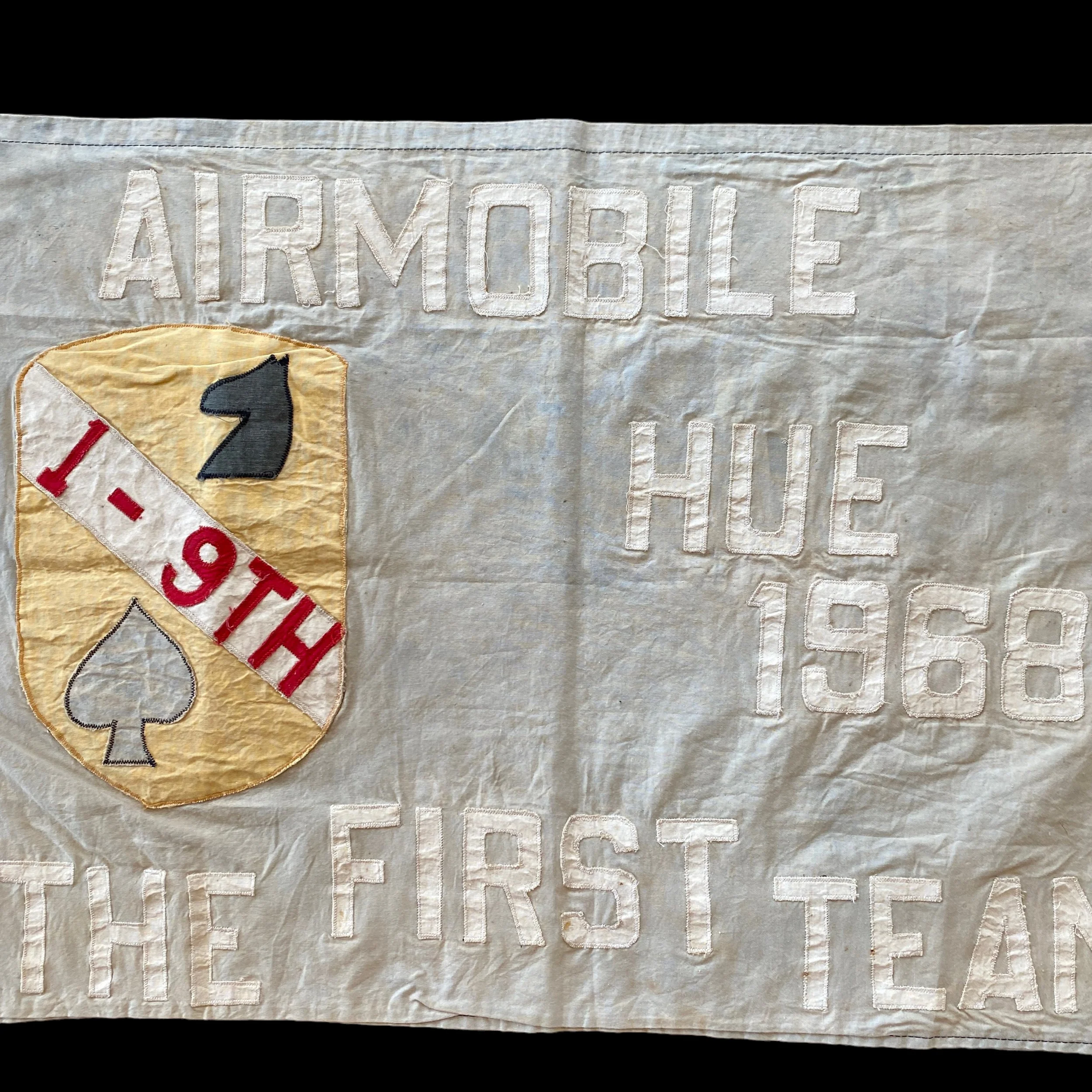

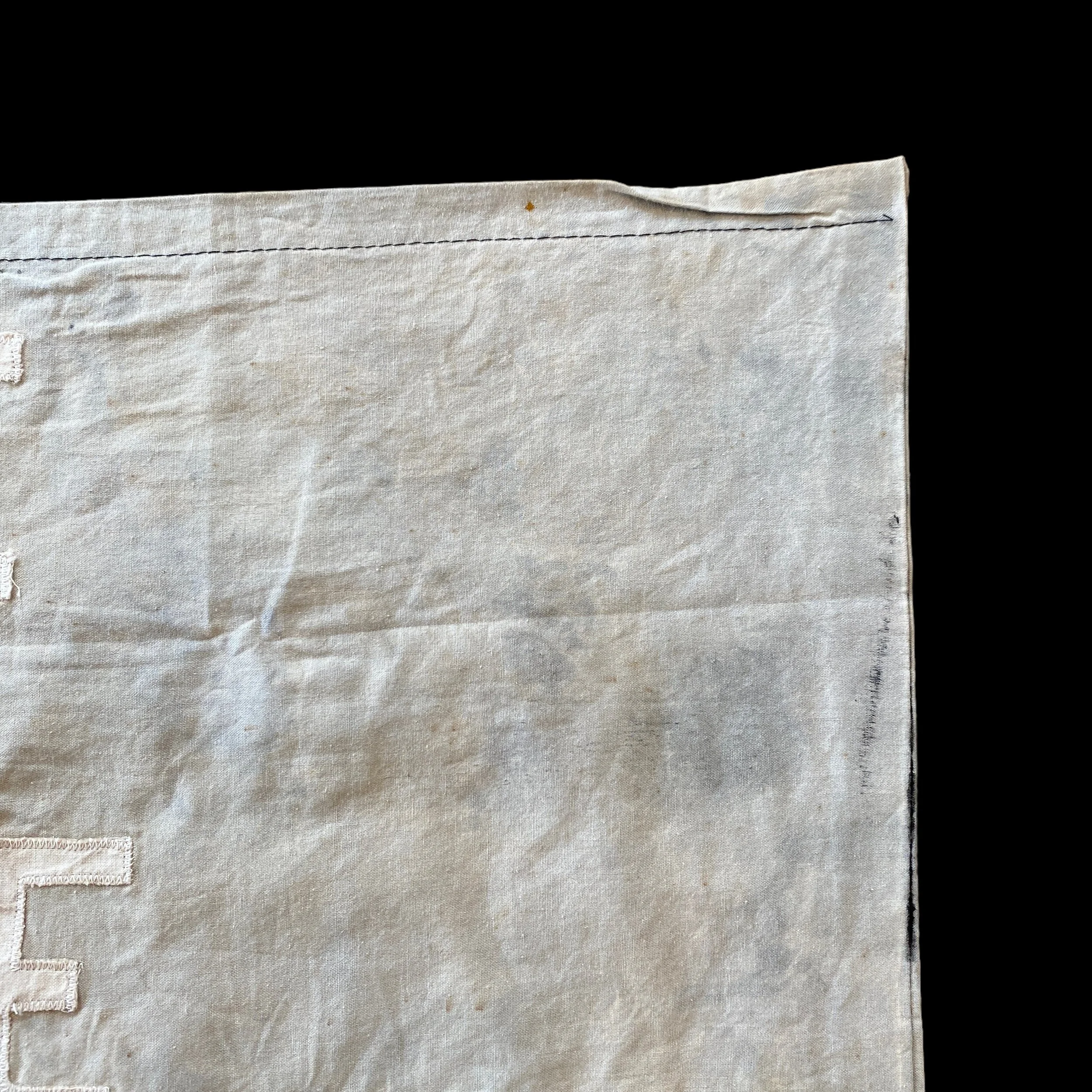


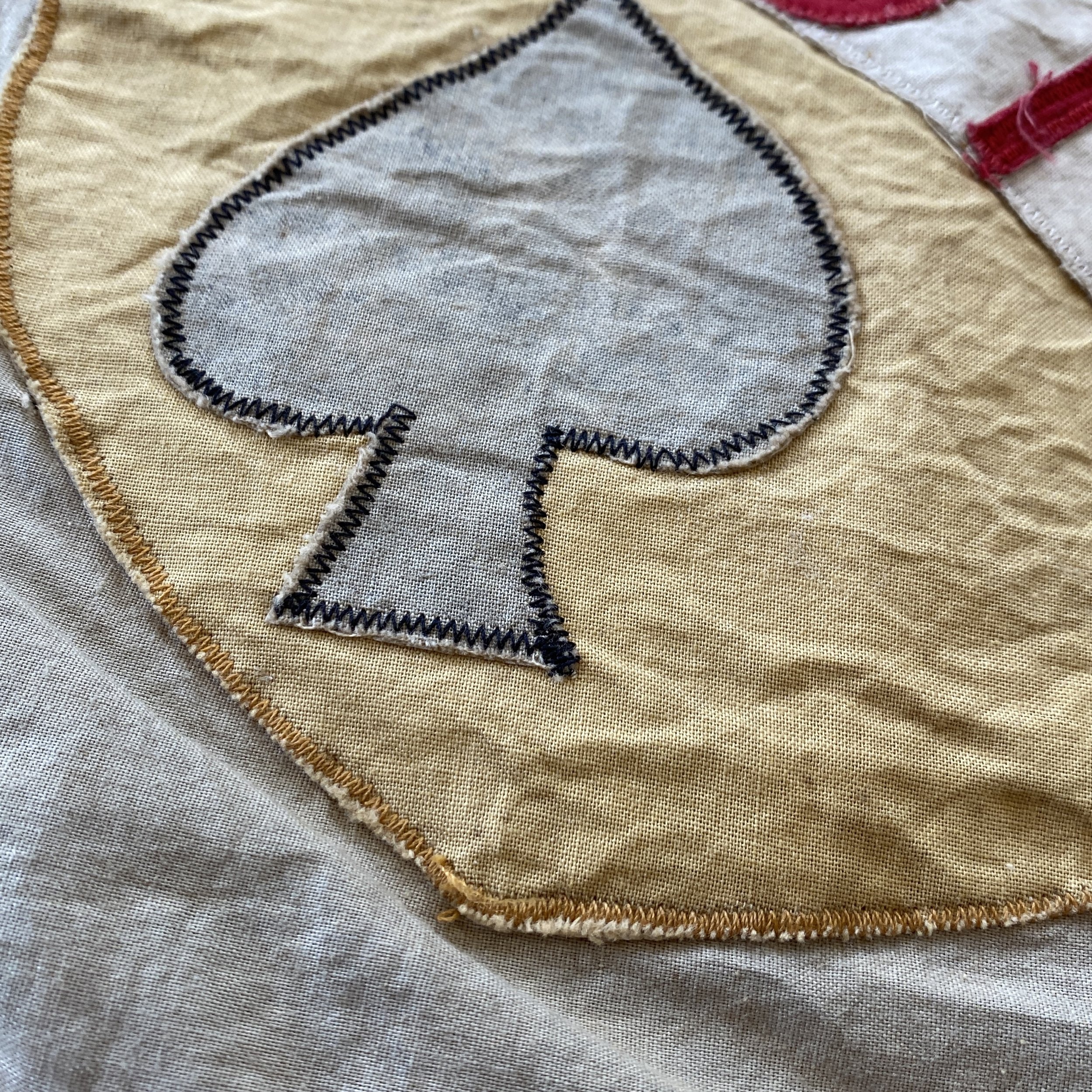
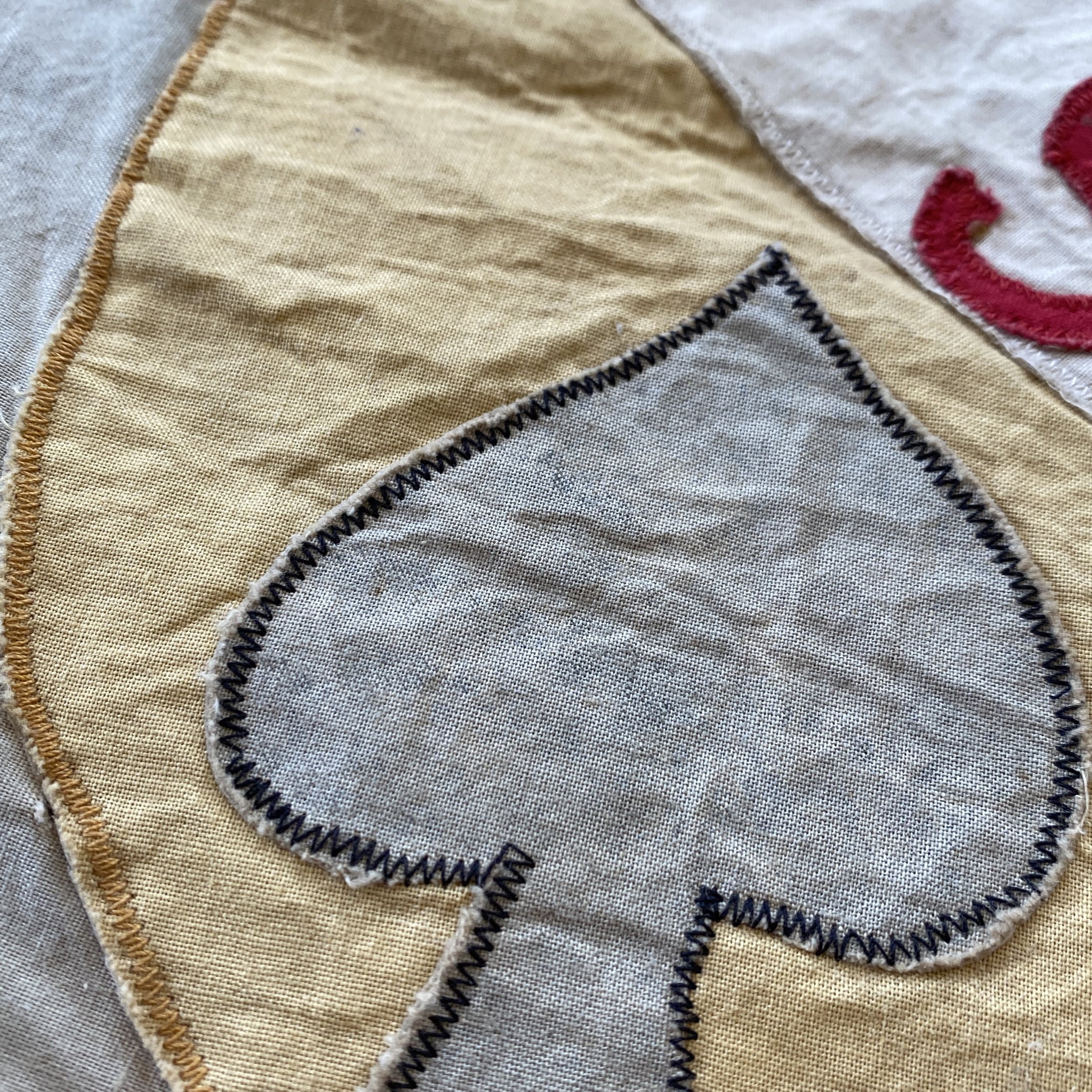
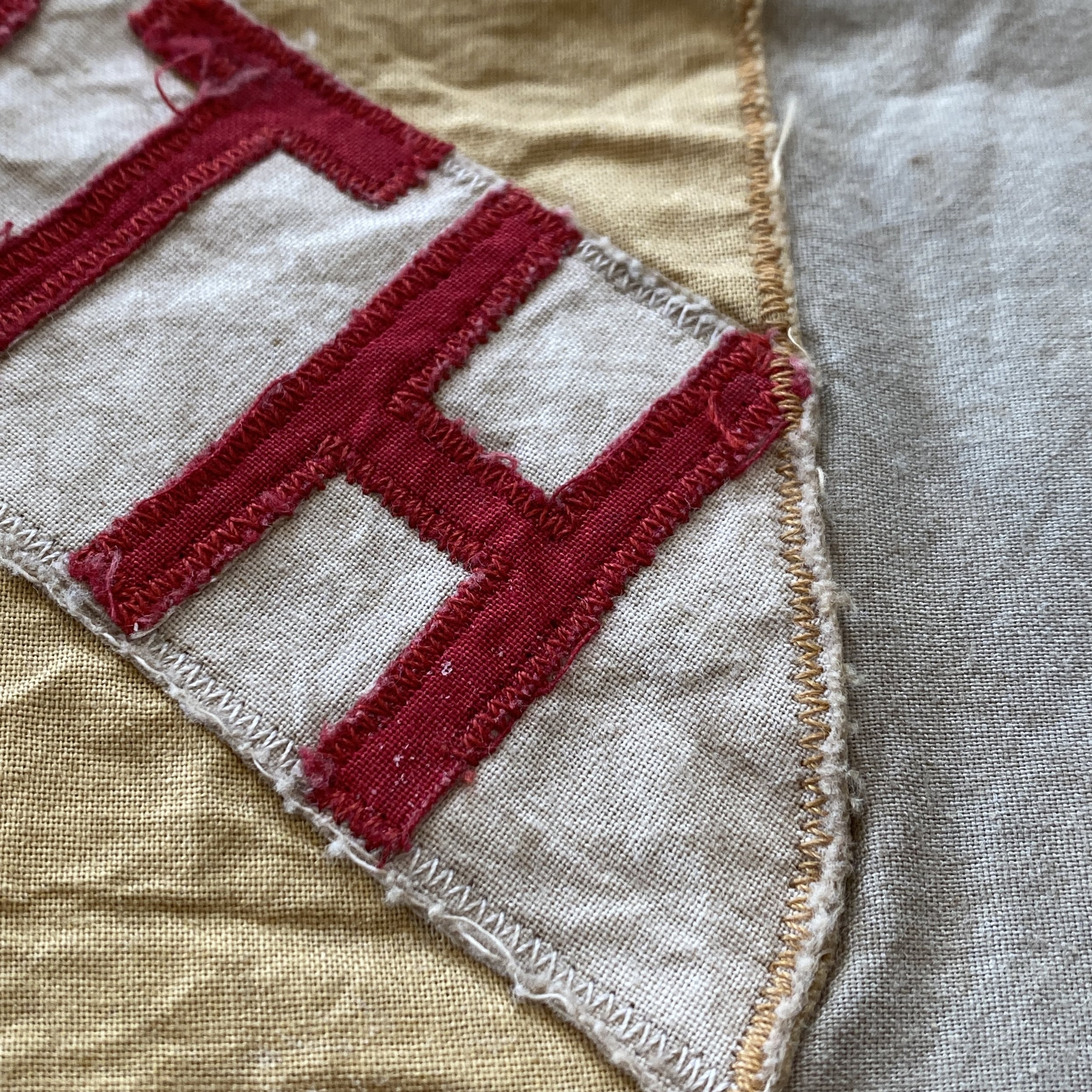
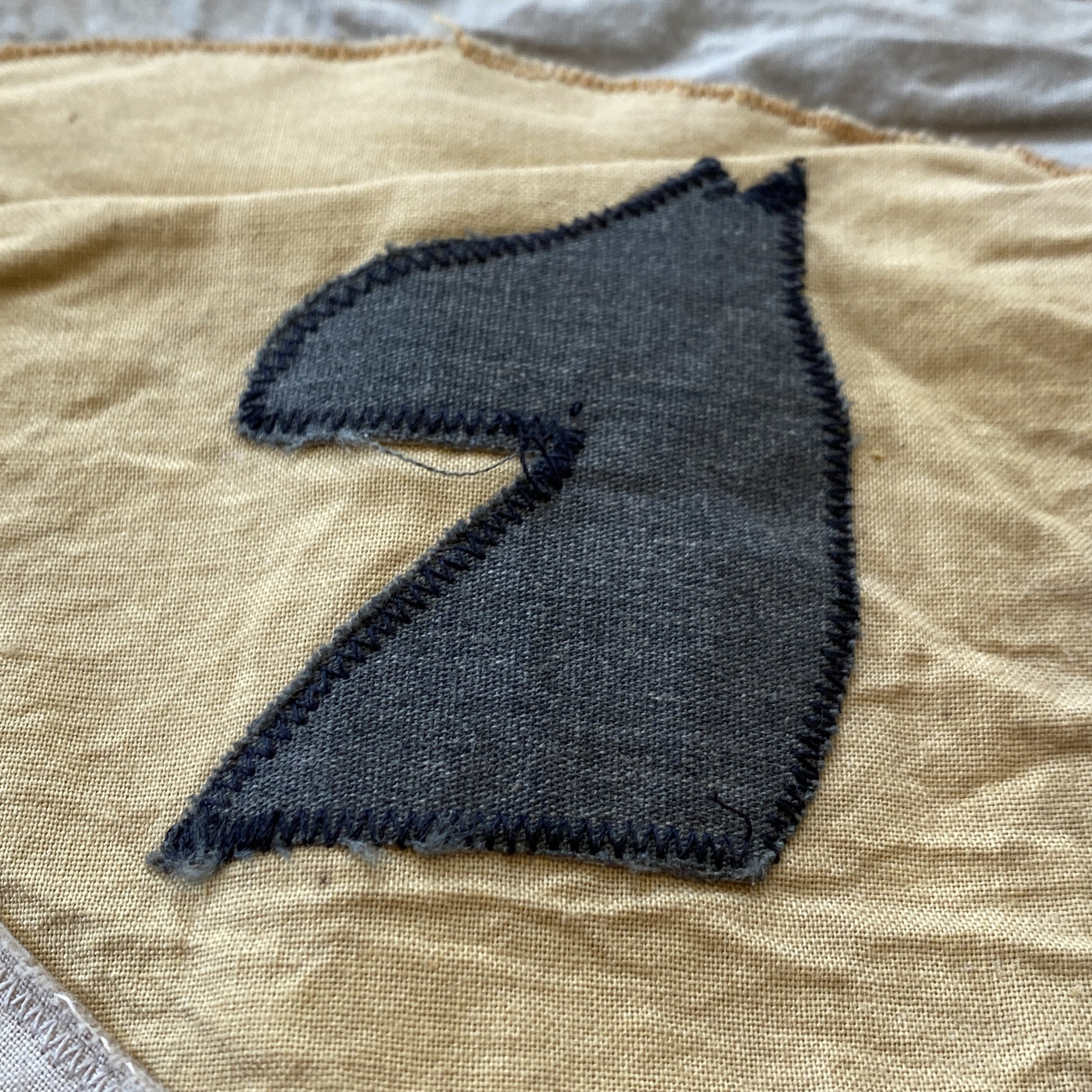
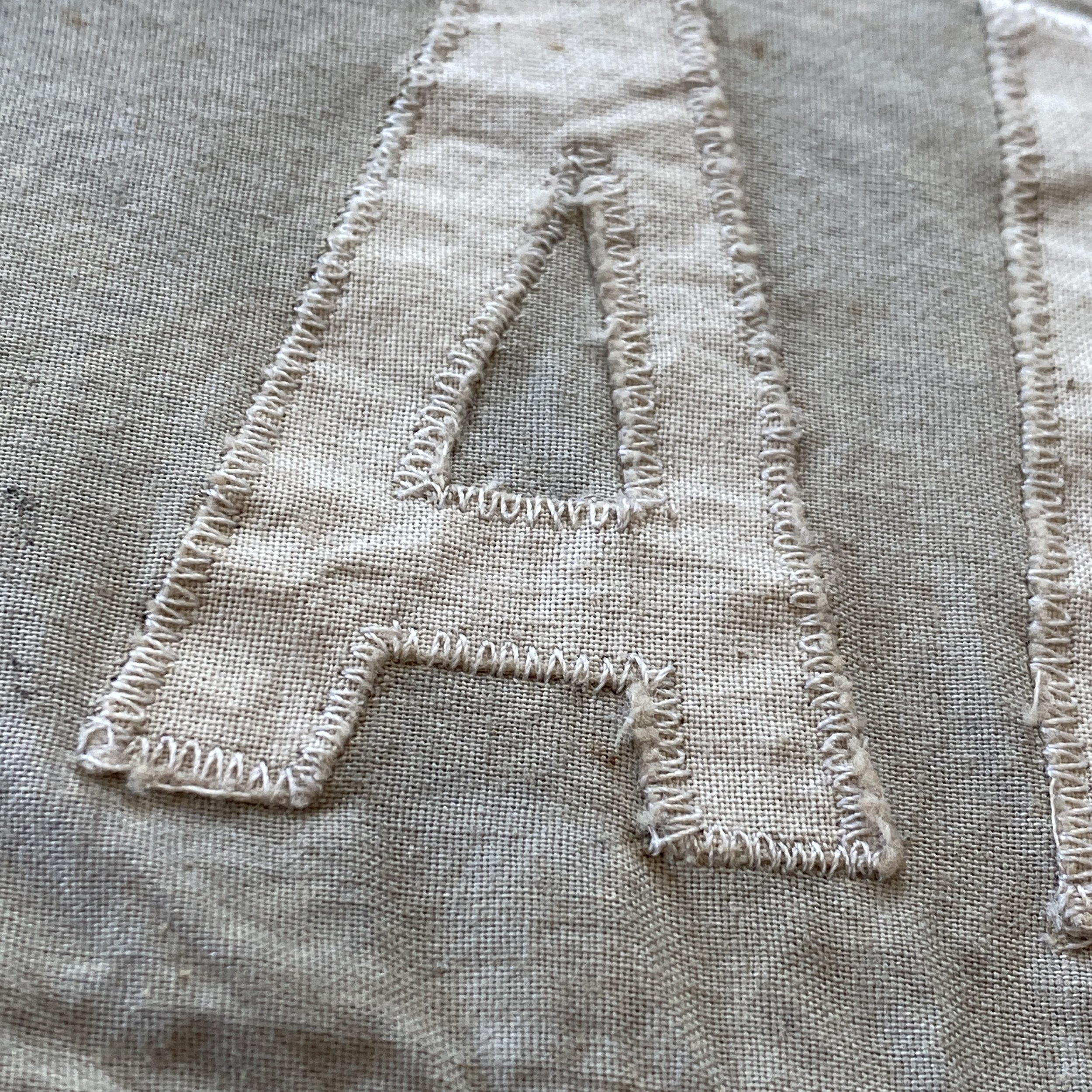
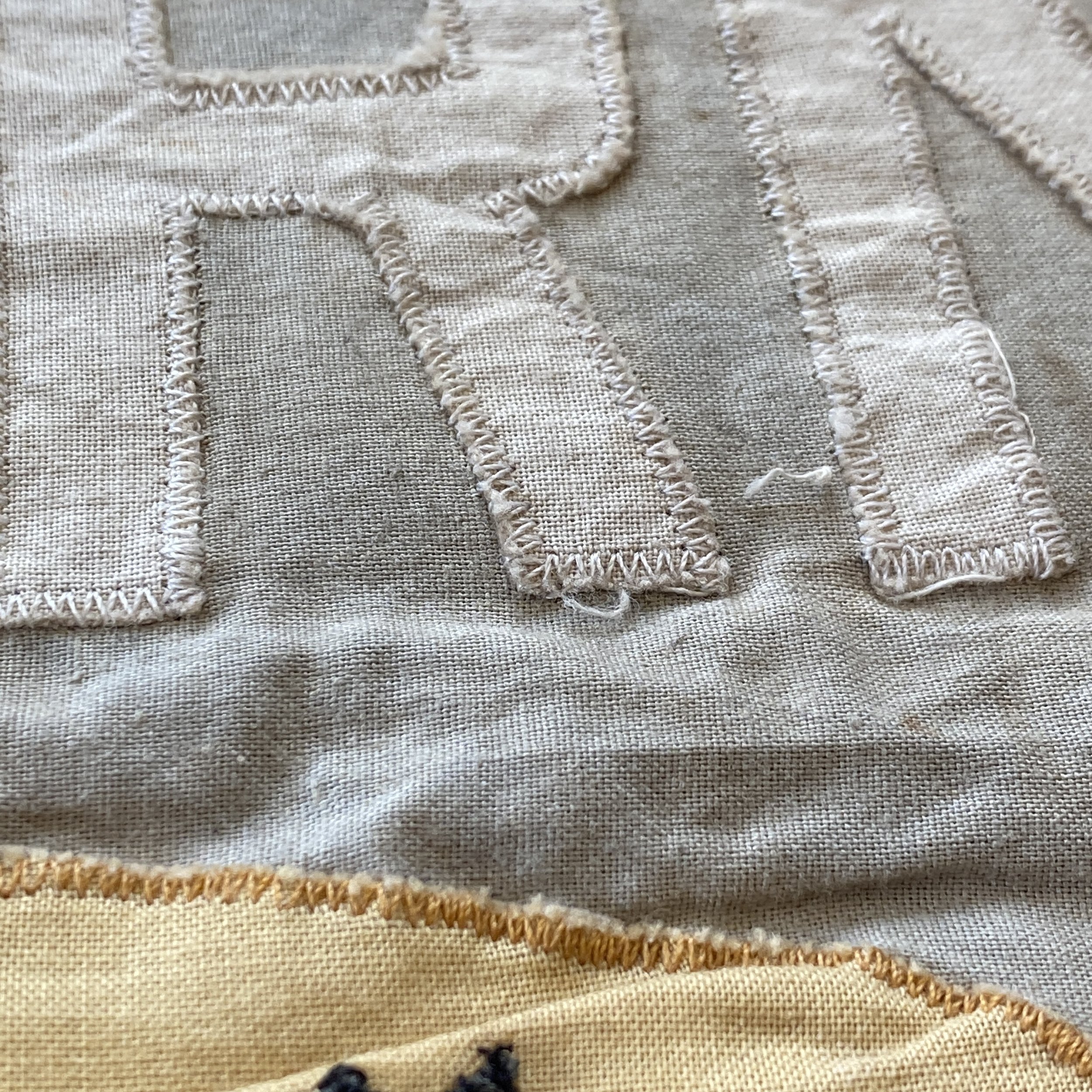
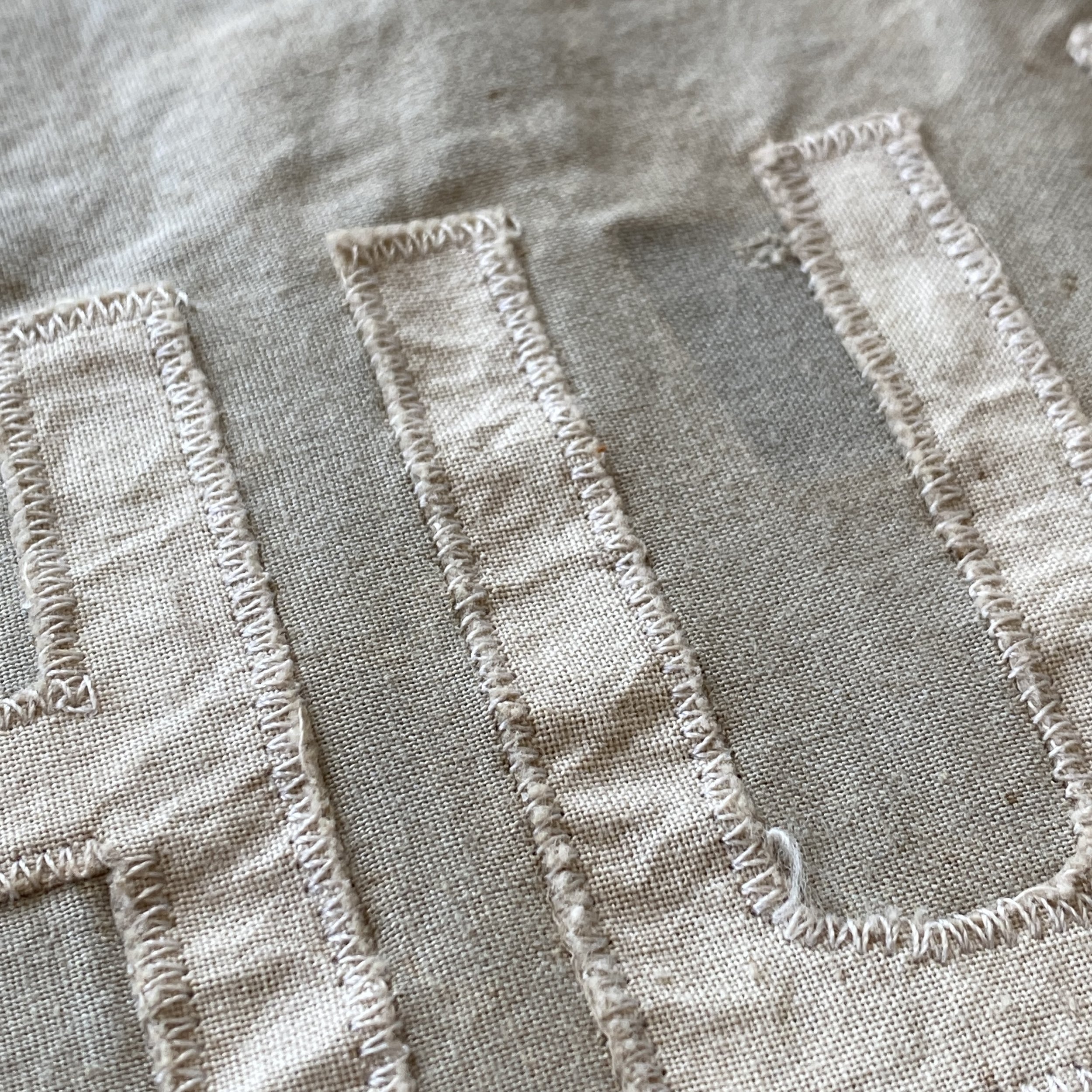
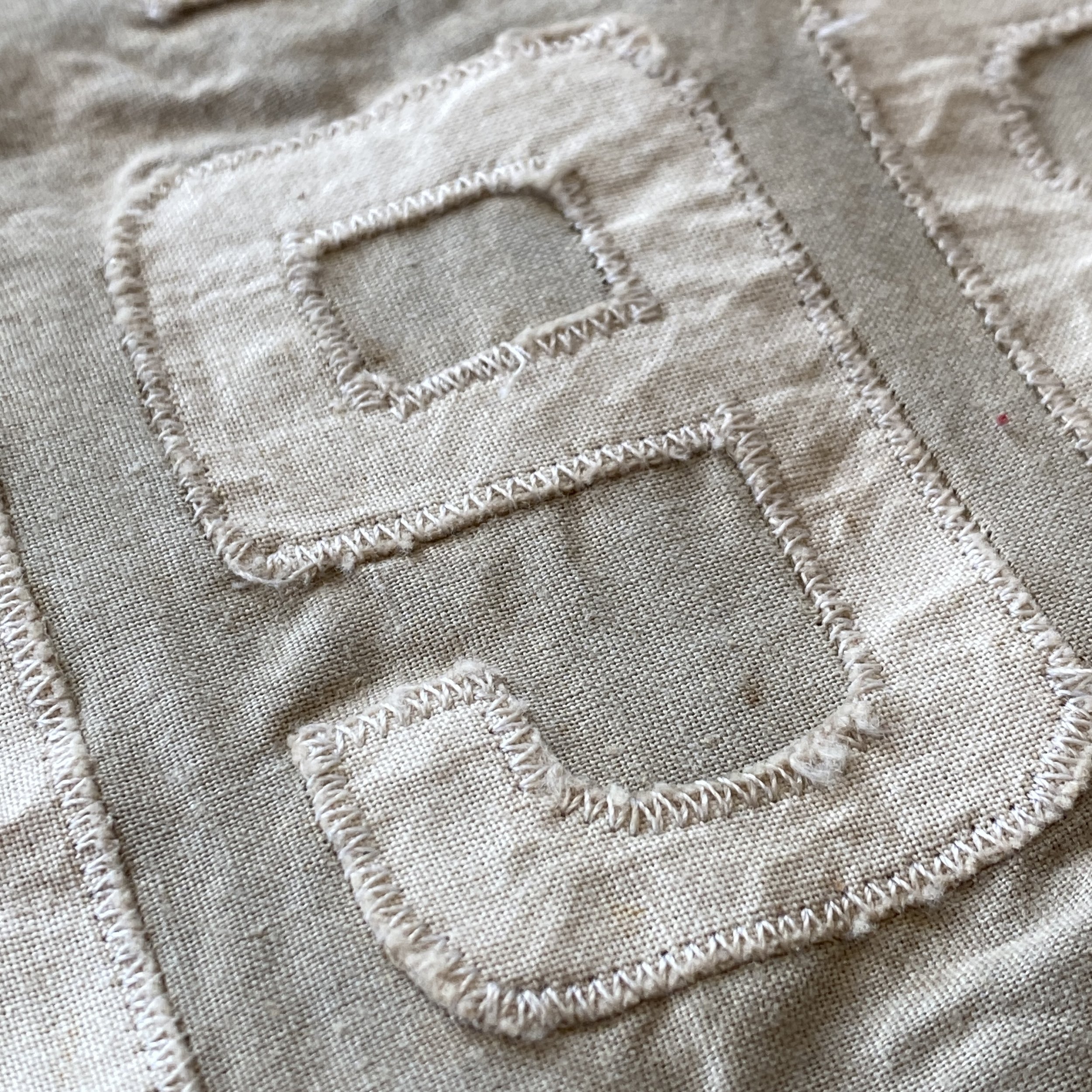
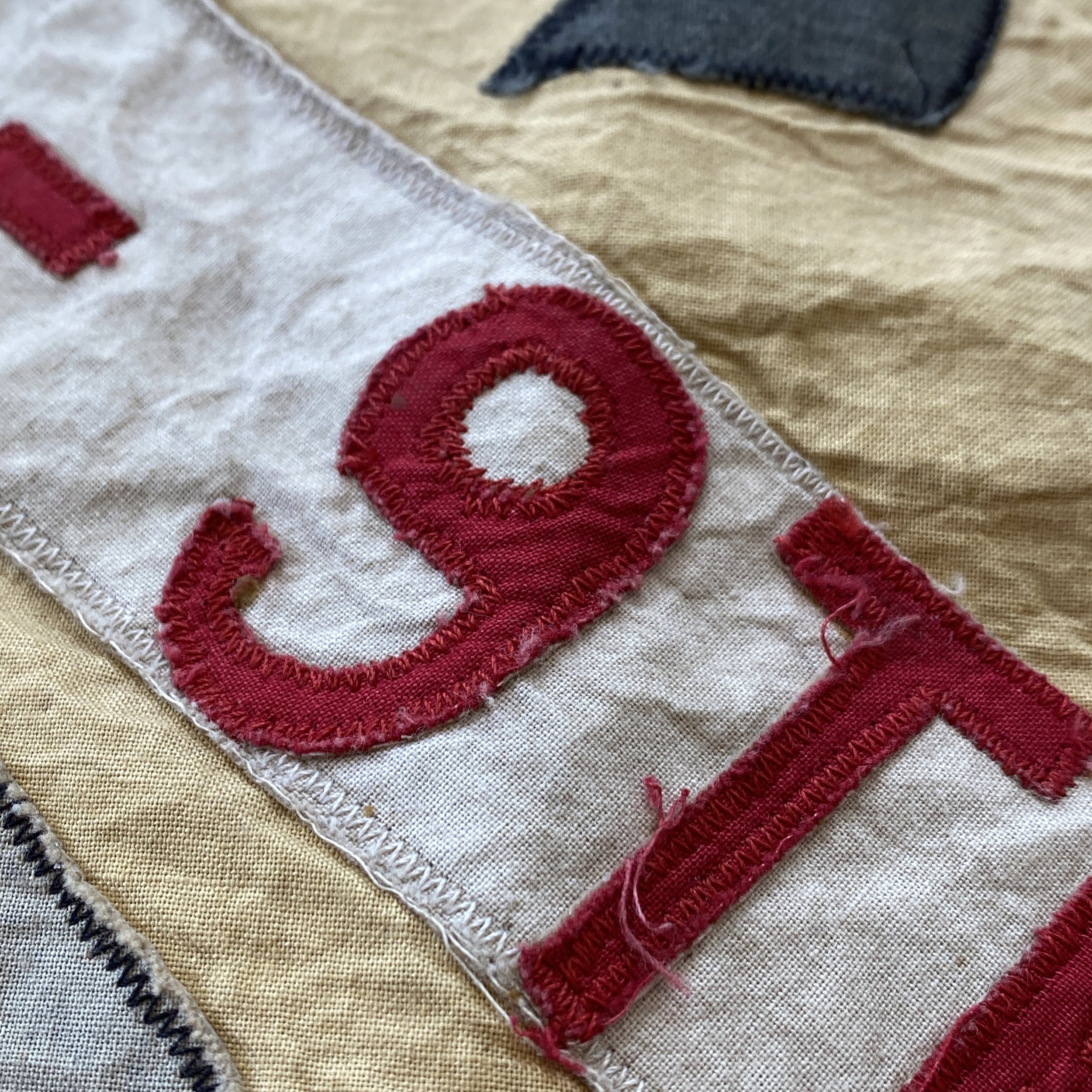
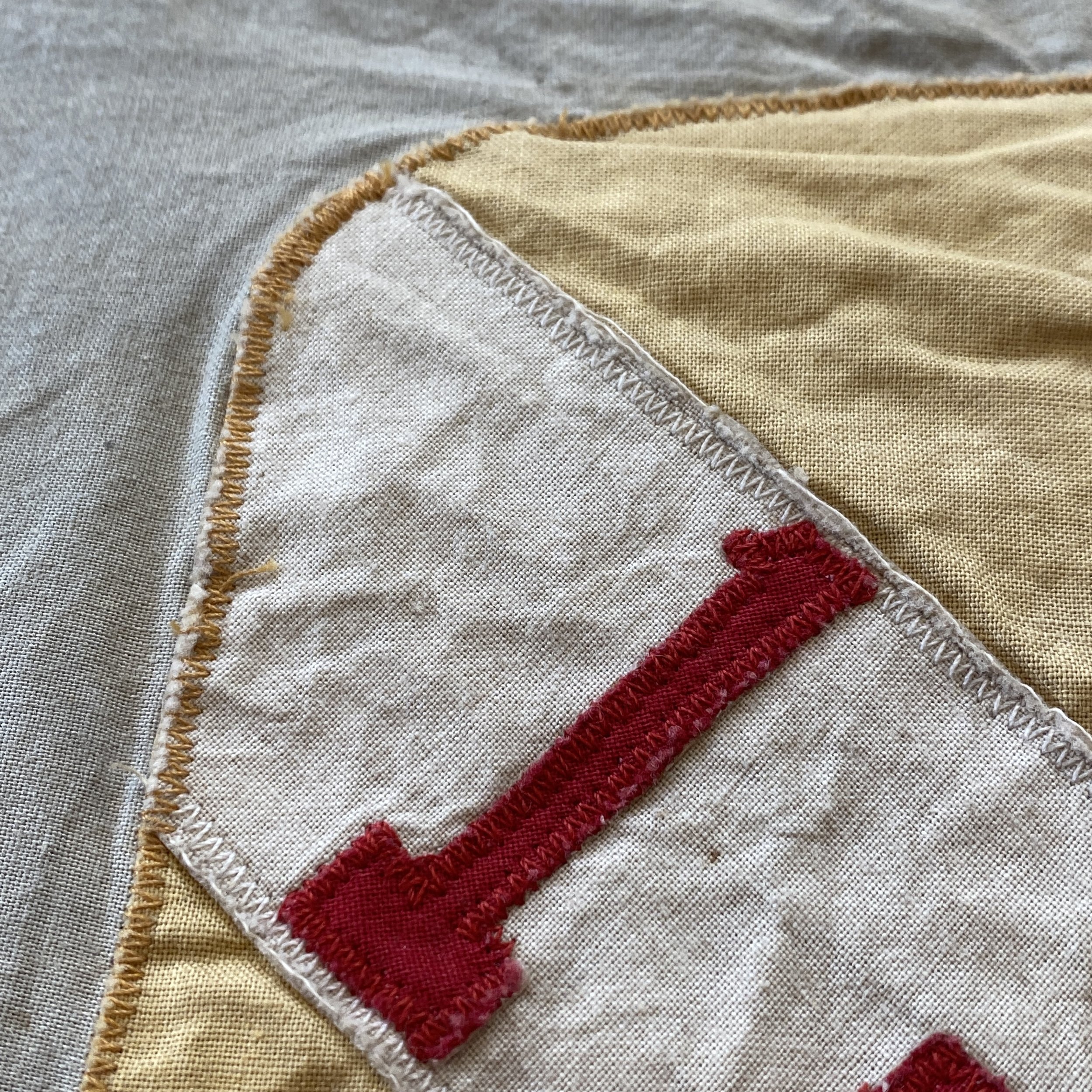
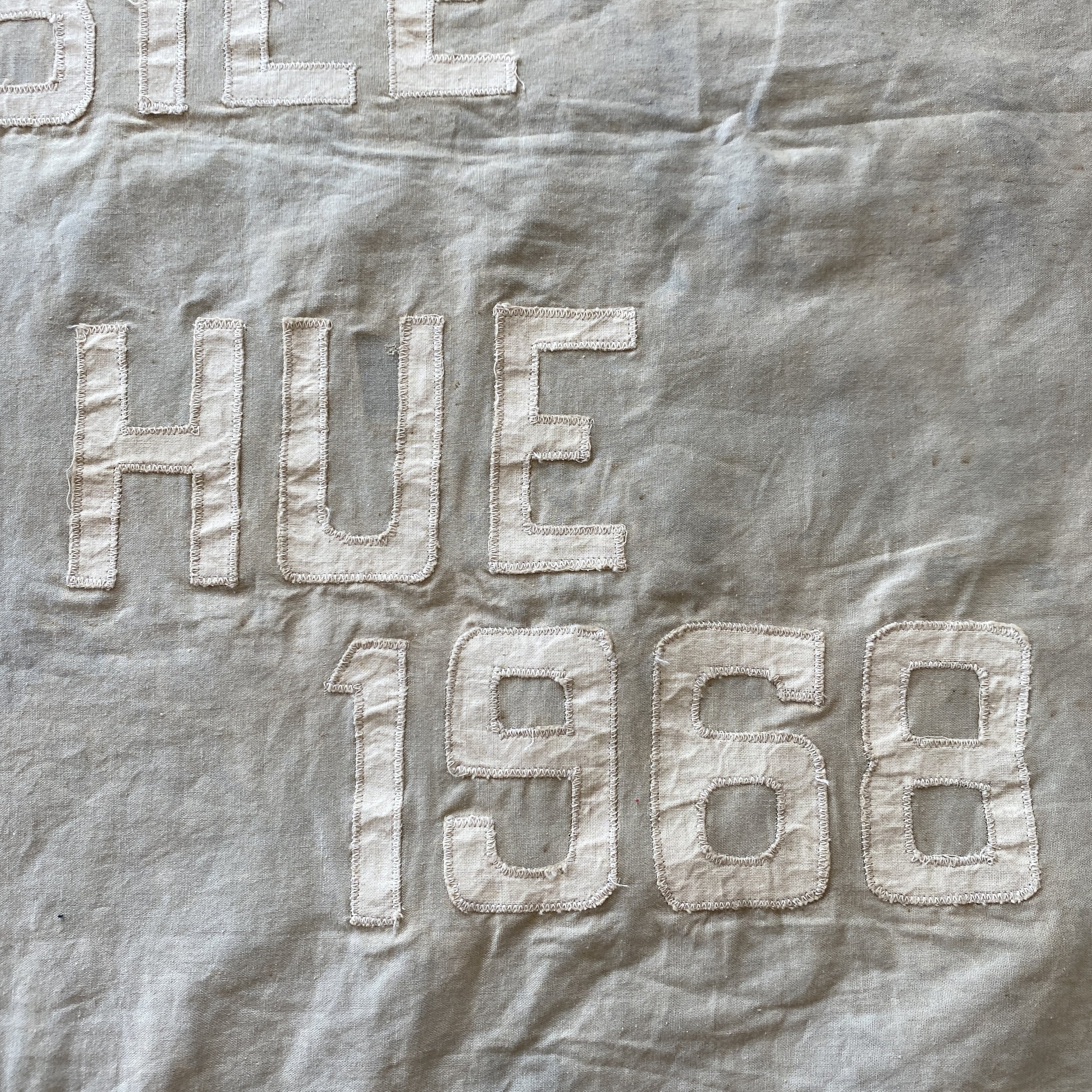
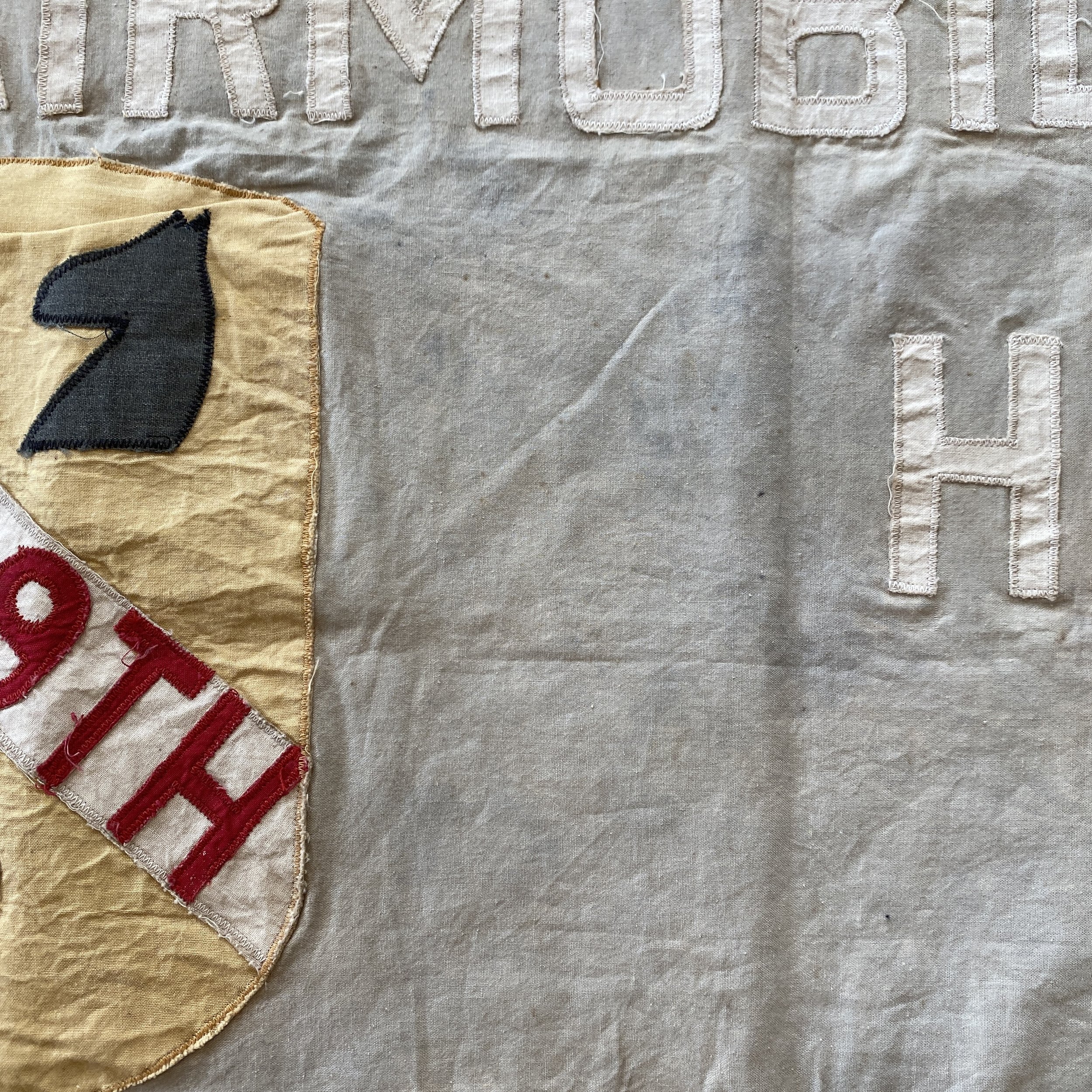
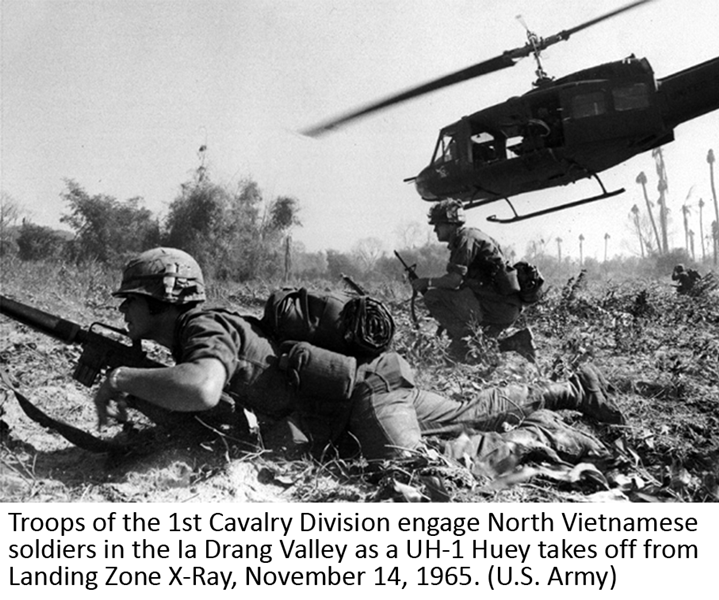

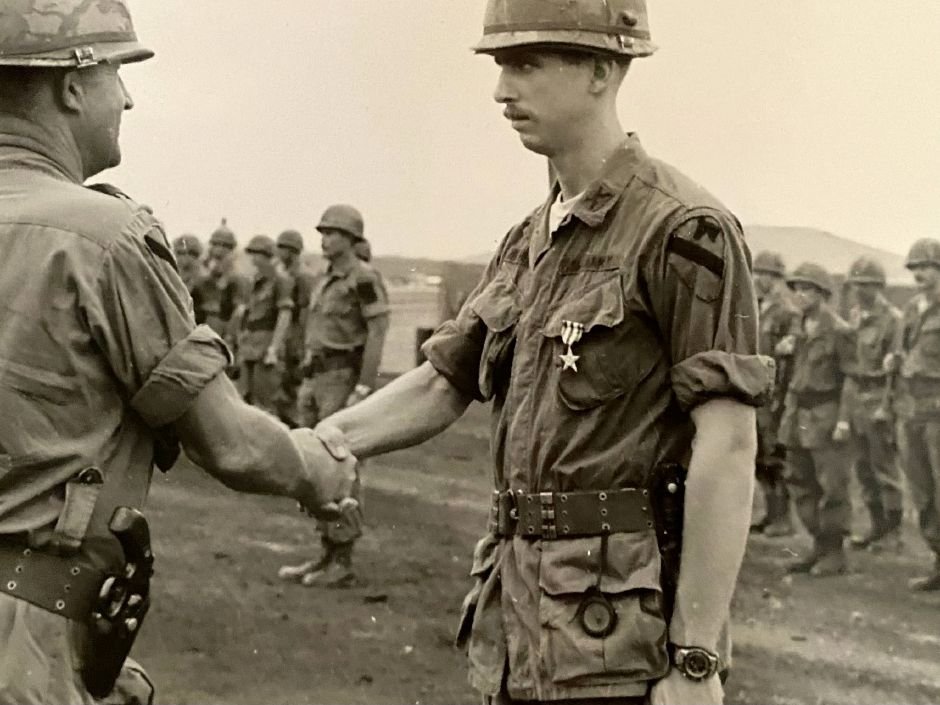
VERY RARE! Tết Offensive Battle of Huế 1st Cavalry Division (Airmobile) U.S. Soldier Vietnam War Theater Made Flag 1968
Comes with hand-signed C.O.A. and a full historical researched write-up
This incredibly rare and museum-grade Vietnam War ‘Tết Offensive - Battle of Huế’ theater flag was handmade in theater by U.S. Airborne soldiers of the infamous 1st Cavalry Division (Airmobile) that relieved the embattled U.S. Marines at Hue during the Tet Offensive. The 1st Cavalry Division was awarded the Presidential Unit Citation and “First Team” soldiers were awarded 25 Medals of Honor, 120 Distinguished Service Crosses, 2,766 Silver Stars, 2,697 Distinguished Flying Crosses, and 8,408 Bronze Stars for Valor.
Theater flags commemorating intensive battles are extremely rare and sought after. Because these flags were made in theater soldiers often had to improvise and make do with the cloth and materials they had lying around that could be scarped and improved onto the flag. This flag has multiple different types of military fabric types that were taken from flight jackets, heavy canvas bags, bed sheets, etc.
1st Cavalry Division (Airmobile) begins to arrive in South Vietnam at Qui Nhon, bringing U.S. troop strength in South Vietnam to more than 125,000. The unit, which had a long and storied history, was the first full U.S. Army division deployed to Vietnam. The division consisted of nine battalions of airmobile infantry, an air reconnaissance squadron, and six battalions of artillery. The division also included the 11th Aviation Group, made up of three aviation battalions consisting of 11 companies of assault helicopters, assault support helicopters, and gunships.
The 1st Cavalry Division (Airmobile) division used a new concept by which the ground maneuver elements were moved around the battlefield by helicopters. Initially deployed to the II Corps area at Qui Nhon, the division took part in the first major engagement between U.S. and North Vietnamese forces during the Battle of the Ia Drang Valley fought in November, just two months after the division began arriving in Vietnam. Later, the division moved further north to I Corps in 1968 to relieve the embattled U.S. Marines at Hue during the Tet Offensive; in October of the same year, they redeployed to III Corps to conduct operations to protect Saigon; and in 1970, the division took part in the invasion of Cambodia and conducted operations in both III and IV Corps (the Mekong Delta). Thus, the 1st Cavalry Division, popularly known as the “First Team,” was the only American division to fight in all four corps tactical zones. The bulk of the division began departing Vietnam in late April 1970, but the 3rd Brigade remained until June 1972.
Battle of Huế:
The Battle of Huế (31 January 1968 – 2 March 1968), also called the siege of Huế, was a major military engagement in the Tết Offensive launched by North Vietnam and the Việt Cộng during the Vietnam War. After initially losing control of most of Huế and its surroundings, the combined South Vietnamese and American forces gradually recaptured the city over one month of intense fighting. The battle was one of the longest and bloodiest of the war, and the battle negatively affected American public perception of the war.
By the beginning of the North Vietnamese Tet Offensive on 30 January 1968, which coincided with the Vietnamese Tết Lunar New Year, large conventional American forces had been committed to combat operations on Vietnamese soil for almost three years. Highway 1, passing through the city of Huế, was an important supply line for Army of the Republic of Vietnam (ARVN) and United States forces from the coastal city of Da Nang to the Vietnamese Demilitarized Zone (DMZ), the de facto border between North and South Vietnam only 50 kilometers (31 mi) to the north of Huế. The highway also provided access to the Perfume River (Vietnamese: Sông Hương or Hương Giang) at the point where the river ran through Huế, dividing the city into northern and southern parts. Huế was also a base for United States Navy supply boats. Due to the Tết holidays, large numbers of ARVN forces were on leave and the city was poorly defended.
While the ARVN 1st Division had cancelled all Tết leave and was attempting to recall its troops, the South Vietnamese and American forces in the city were unprepared when the Việt Cộng (VC) and the People's Army of Vietnam (PAVN) launched the Tet Offensive, attacking hundreds of military targets and population centers across the country, including Huế. The PAVN-VC forces rapidly occupied most of the city. Over the next month, they were gradually driven out during intense house-to-house fighting led by the Marines and ARVN. In the end, although the Allies declared a military victory, the city of Huế was virtually destroyed, and more than 5,000 civilians were killed, including more than 2,000 of them executed by the PAVN and VC. The PAVN-VC lost somewhere between 1,042 and 5,133 killed, while Allied forces lost 668 dead and 3,707 wounded.